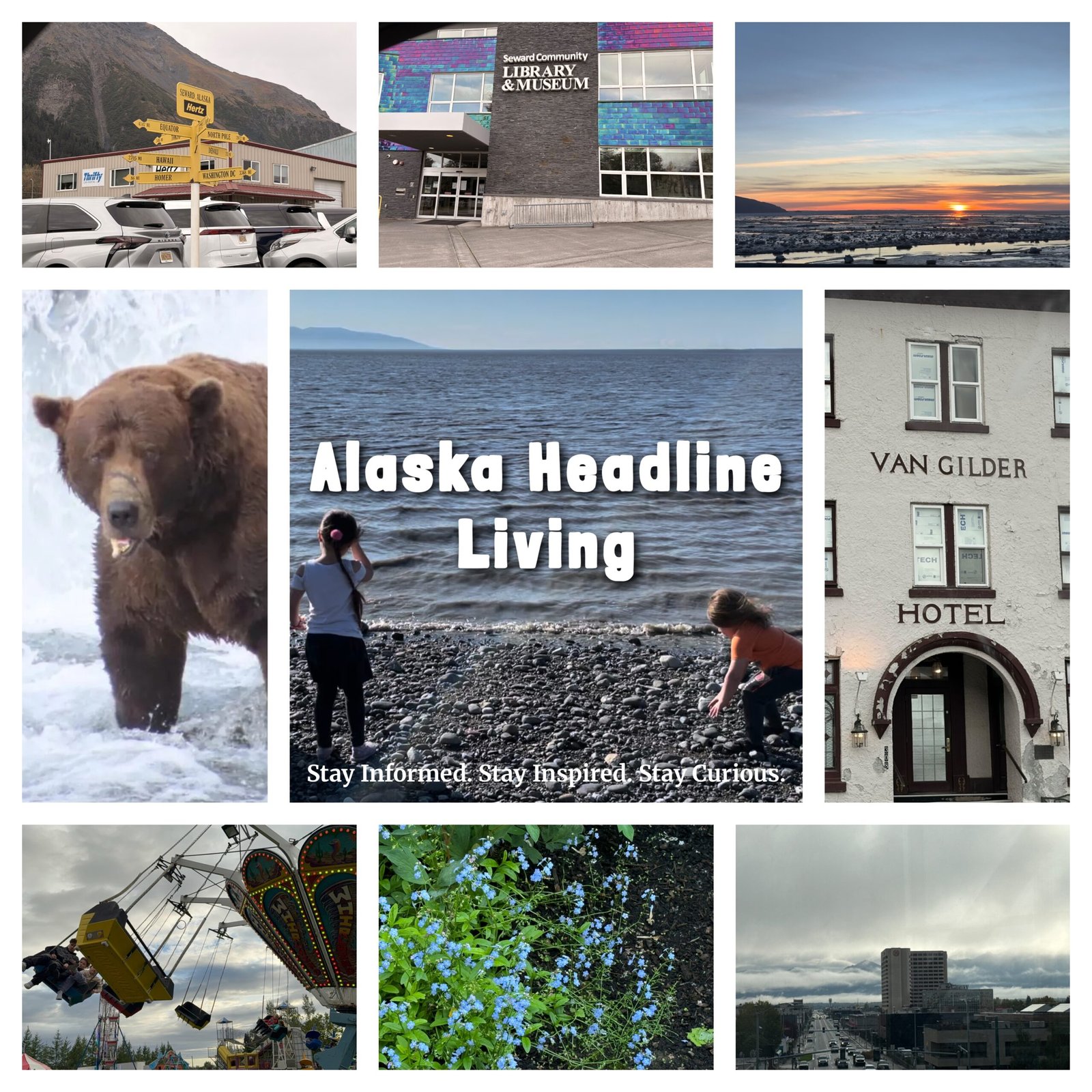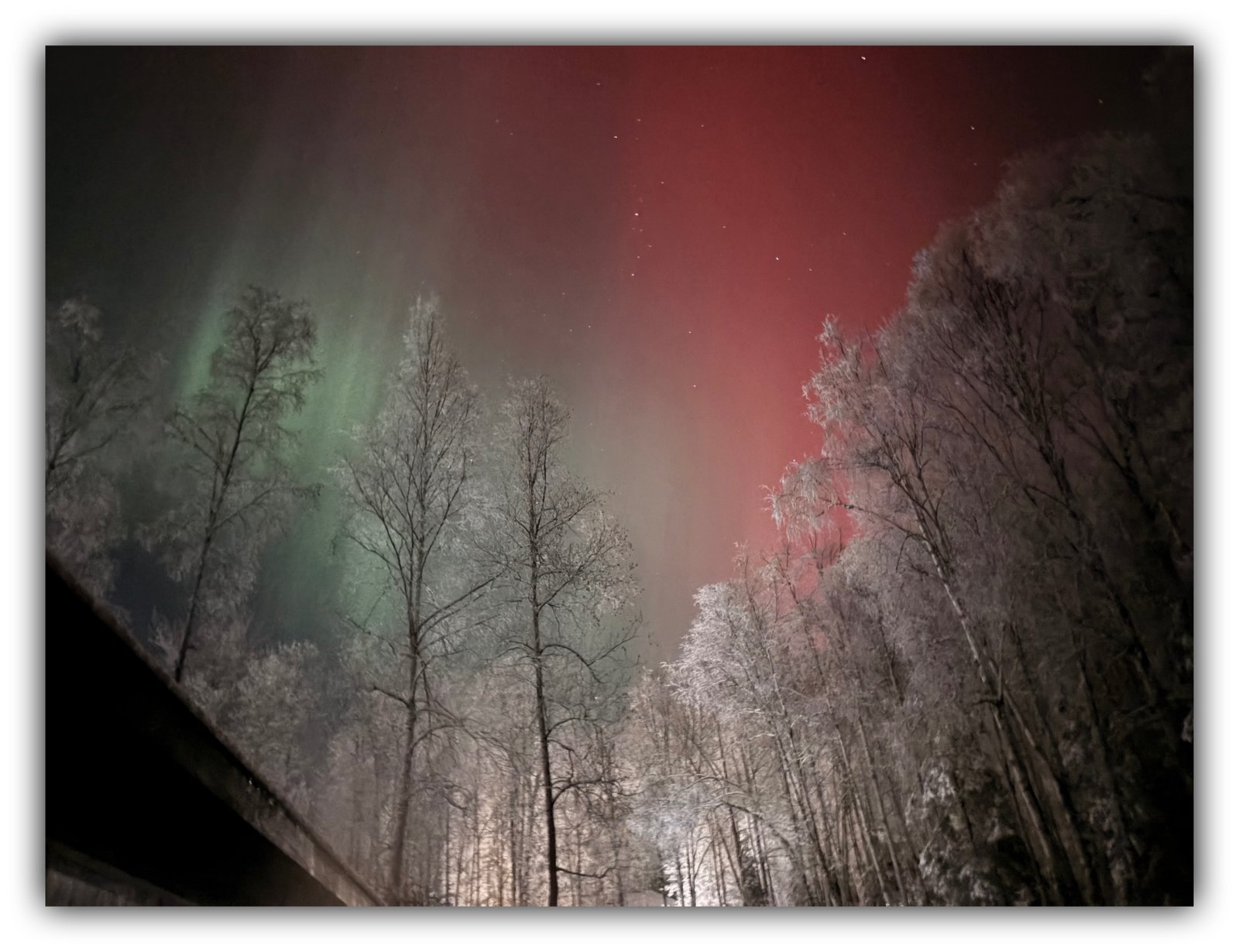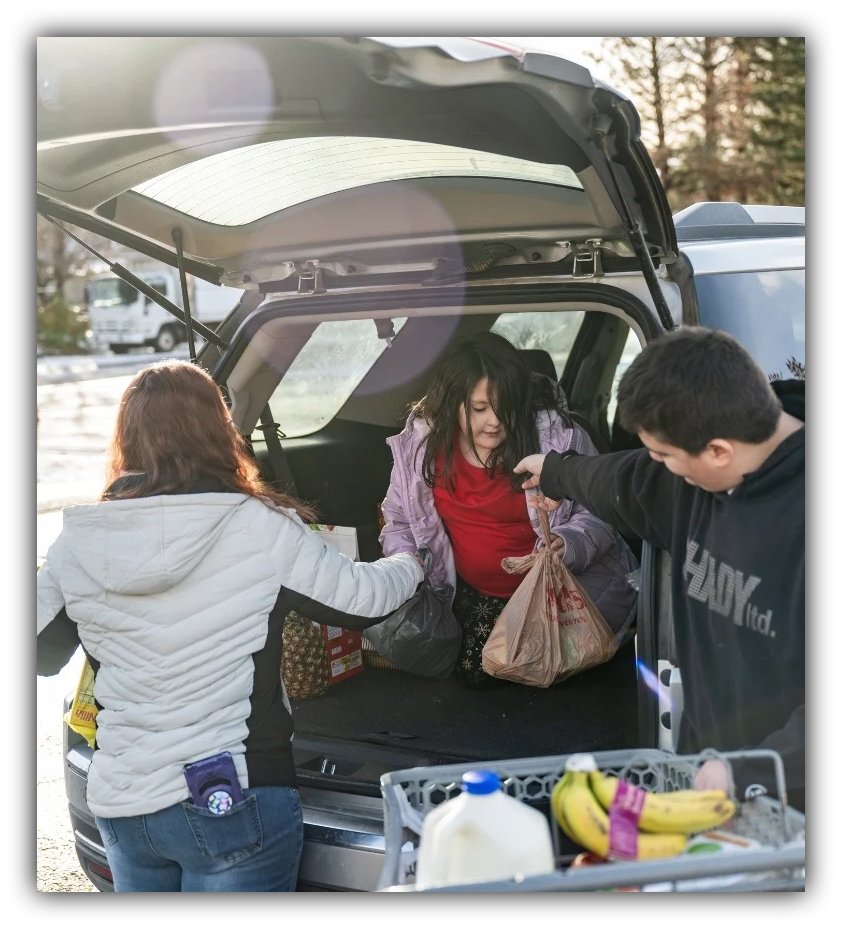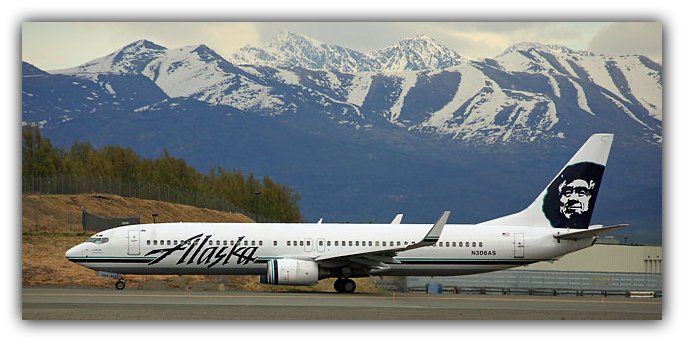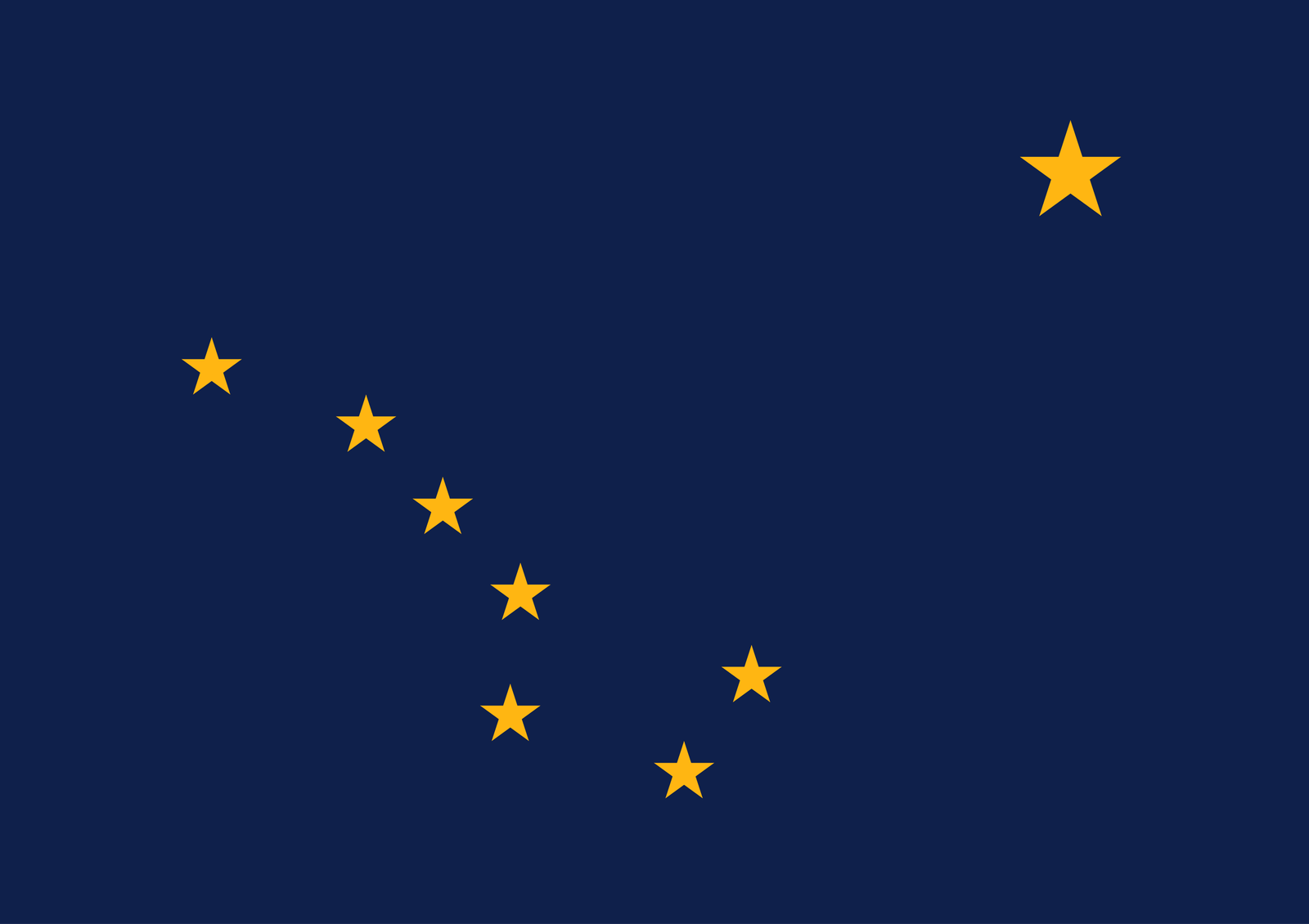By Gina Hill | Alaska Headline Living | November 2025
🌞 Utqiagvik Enters Polar Night

- The northernmost U.S. town begins 64 days without sunlight. Residents rely on twilight and community rituals to stay active.
- Cultural significance: a time for reflection, storytelling, and preparing for winter subsistence activities.
- Health tips: keep routines, get outside when possible, and consider light therapy.
🏛️ Anchorage Mayor Proposes 3% Sales Tax
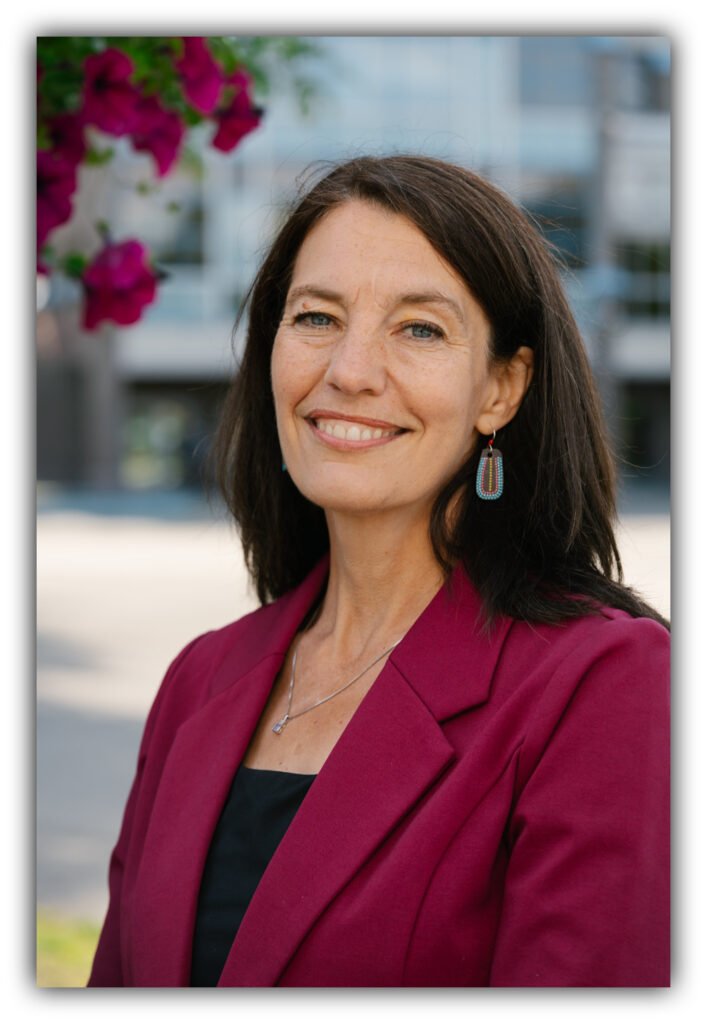
- Mayor Suzanne LaFrance proposes a 3% city sales tax to fund property tax relief, infrastructure, and housing/childcare programs.
- Public debate: Regressive nature of sales taxes sparks concerns for low-income households.
- Next steps: Anchorage Assembly approval needed before April 2026 ballot.
🎓 University of Alaska Projects Big Jump in Health Costs

- UA estimates 8–10% increase in medical, pharmacy, and dental costs.
- Pharmacy costs driven by high-cost drugs like GLP-1s.
- UA may cut coverage for some medications and emphasizes wellness programs to reduce long-term costs.
🗳️ Anchorage Electronic Voting Portal Under Scrutiny

- Misreporting in national media mischaracterized Anchorage’s secure portal as risky mobile voting.
- Actual use: voluntary, identity-verified, printed and processed like standard ballots.
- Officials defend system security and highlight its role for voters in remote areas.
📻 KYUK Faces Deep Cuts After Funding Collapse

- KYUK, the public radio and TV station in Bethel, is slashing staff and programming after losing up to 70% of its federal funding.
- Staff Impact: Full-time employees drop from 10 to 4, with 10 part-time/on-call roles remaining.
- Programming Cuts: “Coffee at KYUK” loses three English episodes weekly; the weekly Yugtun (Yup’ik) episode is preserved.
- Technical Risk: Technical director hours cut from 40 to ~10/week, raising concerns about equipment maintenance and reliability.
- Revenue Strategy: KYUK plans more grants, underwriting, and two annual pledge drives.
- Community Role: The station remains a critical lifeline for rural Yup’ik villages, providing news, emergency alerts, and native-language programming.
- Outlook: Staffing and workload will be reassessed in March 2026 to gauge sustainability.
🌊 Western Alaska Storm & Evacuations

- Typhoon Halong remnants caused severe flooding; over 1,500 evacuees relocated to Anchorage or Bethel.
- Ongoing concern: many evacuees unsure when they can return home.
- Climate & infrastructure challenges spotlighted in remote communities.
🛢️ Federal Moves to Expand Oil & Gas Development

- Interior Department reopens millions of acres, including ANWR coastal plain, for drilling.
- Economic opportunity vs. environmental risk remains a major flashpoint.
- Legal ruling requires reinstatement of some leases previously canceled under prior administration.
🐺 Aerial Predator Control Controversy

- Alaska resumes helicopter gunning of bears and wolves to protect caribou and moose populations.
- Critics argue it’s inhumane and not scientifically justified.
🔑 Key Take‑Aways
- Extreme environment: Polar nights, storms, and rising sea levels test resilience.
- Fiscal pressures: UA health costs and Anchorage tax debates affect everyday Alaskans.
- Community resilience: KYUK and cultural practices keep rural and Indigenous voices alive.
- Energy & environmental flashpoints: Expanded drilling and predator control spark national attention.
